We bring you another belated Le Mans catch up, this time featuring the doomed Nissan DeltaWing. The car itself ran pretty well, it was the tap from the #7 Toyota TS030 that ultimately ended the DeltaWing’s race.
After crashing into the wall, driver Satoshi Motoyama tried valiantly for an hour and a half to repair the experimental car so that he could drive it back to the pits for a more intensive repair effort. Alas, the DeltaWing was too damaged and had to withdraw.
The sad and somehow lonely video of Motoyama with the wrecked DeltaWing will become one of the lasting memories from the 2012 endurance epic.
Despite the sad ending to his day Motoyama remained positive about his race experience and also about the future of the DeltaWing: “I have had such a great time driving this car and I’ve loved working with Marino, Michael and the entire time. We have really shown what the future of sportscar racing could look like – ultra efficient.
“I really hope I can get the opportunity to drive the car again, because we really do have unfinished business. I am certain the car would have run for a long time if not for the contact.â€
There’s more from Nissan and Highcroft Racing after the break, including a healthy selection of images of the DeltaWing in action.
Heroic Nissan DeltaWing team ends Le Mans journey
Innovative sportscar proves technology but retires after accident
- Ground-breaking racing car runs for six hours at strong pace, proving both reliability and speed
- Contact with Toyota LMP1 car puts Nissan DeltaWing into the wall at Porsche Curves
- Heroic driver, Satoshi Motoyama, spends 90 minutes in an amazing team effort to get car running again
- Nissan’s partner LMP2 teams still going strong
LE MANS, France, Saturday, 16 June, 2012: The Nissan DeltaWing, the most pioneering motorsport innovation for a generation, retired from the Le Mans 24 Hours tonight after six hours, 1005km and a valiant team effort to get the car running again.
Aiming to complete the famous French endurance race using half the amount of fuel and tyres of any other car on the grid, the Nissan DeltaWing has become a firm fan favourite and the biggest story of Le Mans 2012, thanks to its outlandish, dart-shaped design and efficiency-driven technology.
The car was running well at consistently-fast lap times when, coming out of a sustained safety car period, it was struck by a passing LMP1 runner, going off the circuit and suffering a heavy impact with the wall.
Driver, Satoshi Motoyama, struggled tirelessly for nearly 90 minutes, with massive support from his team, who joined him to give instruction from the side of the track. However, despite their amazing efforts, the damage caused by the accident proved to be too severe.
Nissan DeltaWing has captured the imagination of the media and the public alike since Nissan unveiled it in London in March. After the accident, it garnered huge support from fans on social media sites and media coverage of the project to date has been almost universally positive.
Despite a vastly condensed development schedule, including just 107 days between the car turning a wheel for the first time and the start of the race today, the team has overcome huge challenges to get the Nissan DeltaWing to Le Mans.
Darren Cox, General Manager, Nissan in Europe, was stoic: “That’s motorsport – we wouldn’t be doing this if we didn’t understand the danger of this sort of thing happening. Initially, we were completely gutted but that feeling quickly gave way to a huge sense of pride in what we have achieved.
“There have been so many people involved in this astonishing project and, without each one of them, it would not have been possible. Everyone should celebrate the success that Nissan DeltaWing has been and feel pride in the impact it will have as a test bed for future innovations both on the road and track.
“We came here and a lot of people were not sure that this car would work but we have proven them wrong. The support for this campaign has been astounding and, from Nissan, we thank everyone who got behind us.
“I hope they continue to enjoy Le Mans weekend and all of the other activities that Nissan has brought to the 24 Hours this year.”
Nissan DeltaWing completed 1005km of the race, equivalent to a regular World Endurance Championship race. During its best stint, it was running at strong LMP2 pace and its fuel usage was on course for its pre-race projection, to complete the event using half the fuel of its LMP1 contemporaries.
Motoyama said: “The whole Nissan DeltaWing project has reached an amazing feat by coming to Le Mans, and this concept has a great potential for the future of motor racing.
“It’s only three months since the launch of Nissan DeltaWing, and I really feel it’s an honour and I am thankful to have been a team member.
“The accident occurred in a high-speed corner and the car hit a concrete wall. It was badly damaged. If I could get the car back to the pit, the team could fix the car and rejoin the race, so I tried everything I could but, since the power train damage was particularly serious, we couldn’t revive the car.”
Motoyama’s fellow Nissan DeltaWing driver, Michael Krumm, said: “Satoshi did everything right today; he made space to let the leaders go through but Nakajima misjudged the situation. Once he was off Satoshi did everything he could to get the Nissan DeltaWing back to the pits so the team could repair it. He was trying to take the engine cover off to get to the affected area but it wouldn’t come off so he somehow managed to bend it back and climb in! It was a world champion effort as he fixed it but then when he tried to move the car he realised the steering was too damaged from the impact to continue. It’s such a shame after an incredible effort from the whole team.”
[Highcroft Racing press release]
Nissan DeltaWing thrills Le Mans fans despite early finish
The Nissan DeltaWing may be listed on the results sheet as a retirement, but after being forced out of the 24 Hours of Le Mans, the revolutionary car has undoubtedly won the hearts and minds of fans throughout the world.
Six hours and 15 minutes into the race, the Nissan DeltaWing with Satoshi Motoyama behind the wheel was pushed off the road by the Toyota prototype of Kazuki Nakajima and suffered a hard impact into the wall on the exit of the Porsche Curves.
Motoyama worked for more than 90 minutes to try to repair the car to get it back to the pits but the damage to both the right rear and front of the car was too severe.
While the Nissan DeltaWing crew were able to offer advice, the driver is the only person permitted to work on the car while out on the course.
The retirement was a disappointing end for the unique car that was fighting its way back through the field after an early gearbox actuator issue.
Michael Krumm started the race aboard the machine that features half the weight, horsepower and aerodynamic drag of a typical Le Mans prototype.
The German spent nearly three and a half hours behind the wheel before handing over to Motoyama.
Sadly for the first man signed for the program and the driver tasked with developing the Nissan DeltaWing, Marino Franchitti, he did not get the chance to drive the car in the race.
Although the car had an early finish, it captivated the fan base here at Le Mans throughout the week and quickly became a crowd favorite.
Remarkably, the Nissan DeltaWing was completing 11 lap stints at LMP2 pace despite only having a 40 liter fuel tank and 300 horsepower.
The Nissan DeltaWing project featured an all-star combination of partners including concept originator Ben Bowlby; American Le Mans Series founder, Don Panoz; American racing legend and All American Racers founder, Dan Gurney; two-time ALMS championship-winning team owner, Duncan Dayton; concept patron and multiple Indy 500 and IndyCar championship winning team owner, Chip Ganassi; the world’s leading tire manufacturer, Michelin and innovative auto manufacturer Nissan.
SATOSHI MOTOYAMA
“When we went green I was trying to let the leaders by and not interfere with their race but the Toyota swung across and hit me very hard.
“Once I was on the grass there was nothing I could do. The Nissan DeltaWing was in the wall very hard but I was very determined to try to get the car back to the pits.
“The crew could give me instructions, but I am the only person who can touch the car. We tried for a long time to find a way to get the car back to the pits, but the damage was just too much.
“I had two great stints and was really enjoying my time in the car. We had a really long safety car period and I was really looking forward to finishing off my last stint.
“I have had such a great time driving this car and I’ve loved working with Marino, Michael and the entire time. We have really shown what the future of sportscar racing could look like – ultra efficient. I really hope I can get the opportunity to drive the car again, because we really do have unfinished business. I am certain the car would have run for a long time if not for the contact.â€
MICHAEL KRUMM
“Satoshi was really having fun in the car and the Nissan DeltaWing was laying down some good lap times.
“On the restart he wanted to let the leaders through and got hit. Of course he is really disappointed to be taken out the race like this.
“He put in an incredible effort to try to fix the car. The things he did were really amazing.
“Unfortunately, there was just too much damage to try to bring the car back.
“It is a sad way to finish the race because the car was really running strong. I had a couple of issues at the start of my time in the car, but my last two stints were really strong and felt great.â€
MARINO FRANCHITTI
“I am just devastated for everyone involved in the whole Nissan DeltaWing program.
“Of all the things to force us out of the race, being taken out of the race by somebody else is very tough to swallow.
“For me personally, having done all the testing of the car and then to not get to drive in the race is particularly hard, but I am very proud of the job the whole team has done.
“Michael did a great job at the start of the race and Satoshi continued that.
“The heart Satoshi showed in trying to repair the car and get it back to the pits was amazing.
“It has been absolute pleasure to drive when them and the entire team. I’m now looking to future and I hope there is one because there is so much potential in this car and so much love for it that it would be a shame if this was the end of the story.â€
BEN BOWLBY
Nissan DeltaWing, Designer & Concept Originator
“First of all, the concept is proven. At the end of the day, the little Nissan DeltaWing weighing only 500 kilo, powered by the 300 horsepower Nissan DIG-T engine and using Michelin tires was able to run basically with half the fuel and tire consumption and yet show all of the speed of a typical Le Mans prototype.
“For all the fans who either loved it, or hated it, the journalists who wrote about and everyone who came to see it over the course of this weekend – we really appreciate everyone’s interest in the car.
“It has been a very emotional year and a very emotional end to the race.
“But at the end of the day – it really has been a huge success. These things happen in racing and nobody got hurt.
“We showed an extraordinary and unbelievable concept on the track at Le Mans and the ACO provided us with a perfect setting to showcase the car’s capabilities. Hats off to them for inviting us.
“It has been an incredible opportunity to showcase a car that is truly an innovative experiment.
“In the future lets hope we can bring it back as a race car, and not just an experimental vehicle. We’d love to see a future for cars of this type which are all about high efficiency, low drag, low drag and low consumption.â€
DARREN COX
General Manager, Nissan in Europe
“That’s motorsport – we wouldn’t be doing this if we didn’t understand the danger of this sort of thing happening. Initially, we were completely gutted but that feeling quickly gave way to a huge sense of pride in what we have achieved.
“There have been so many people involved in this astonishing project and, without each one of them, it would not have been possible. Everyone should celebrate the success that Nissan DeltaWing has been and feel pride in the impact it will have as a test bed for future innovations both on the road and track.
“We came here and a lot of people were not sure that this car would work but we have proven them wrong. The support for this campaign has been astounding and, from Nissan, we thank everyone who got behind us.
“I hope they continue to enjoy Le Mans weekend and all of the other activities that Nissan has brought to the 24 Hours this year.â€
DON PANOZ
Managing Member, DeltaWing Racing Cars
“Everyone involved in the project has certainly ridden a roller-coaster of emotions today and I very proud of everyone involved.
“We knew getting to the finish with this car was going to be a very big task, but the Nissan DeltaWing was starting to run exceptionally well and it is just unfortunate that something like this could happen.
“Nobody wanted to give in – the guys fought hard to the finish and on behalf of the Nissan DeltaWing Project 56 partners, I’d just like to thank everyone for their efforts.
“What has been achieved in a very short space of time by everyone involved in the US, the UK and Japan really is quite remarkable.
“This is not the finish line, but just the start for DeltaWing Racing Cars – we’re looking forward to opportunities to further demonstrate what the future of highly efficient motorsport could look like.â€
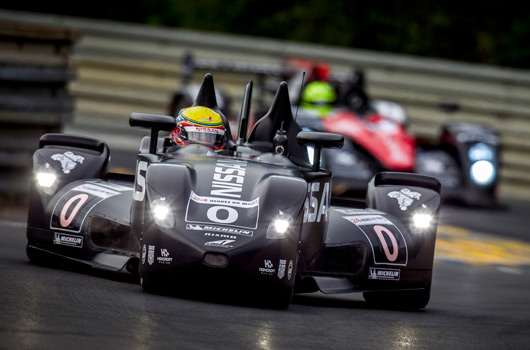
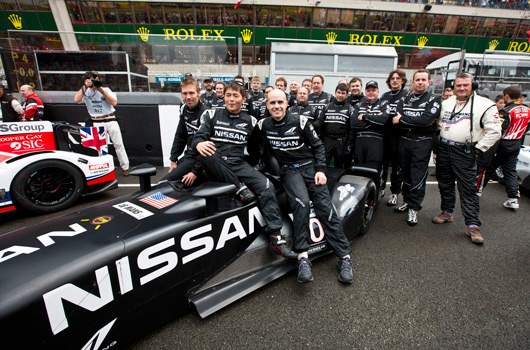
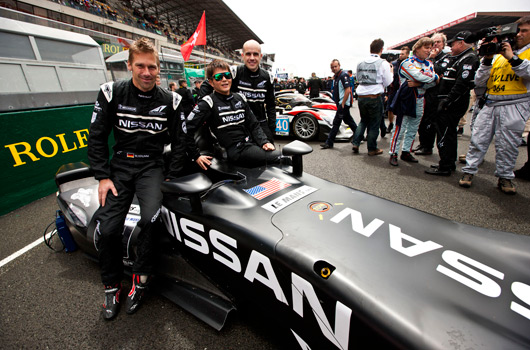
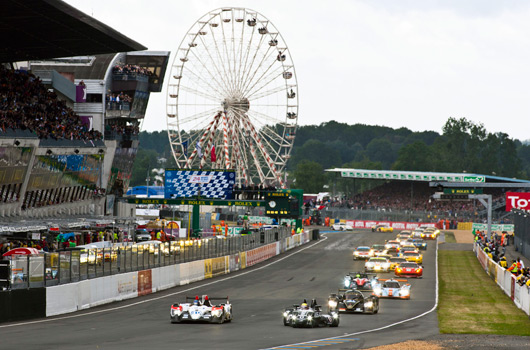
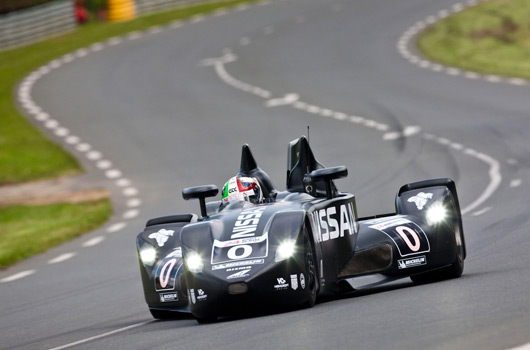
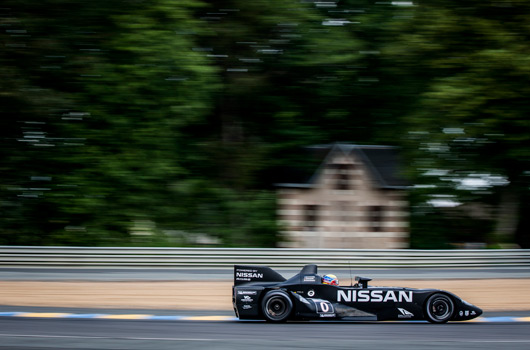
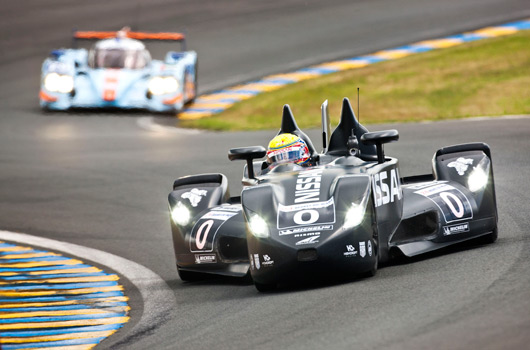
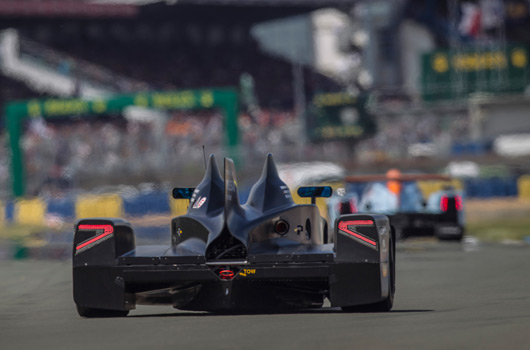
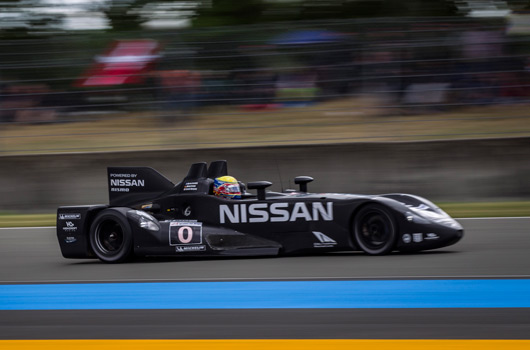
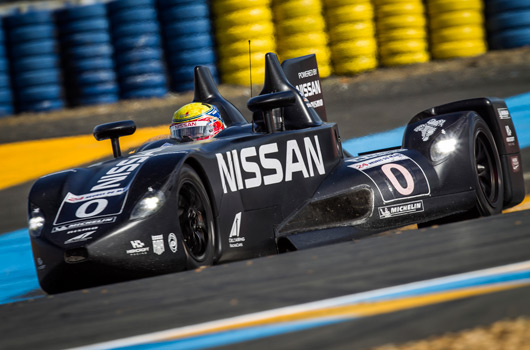
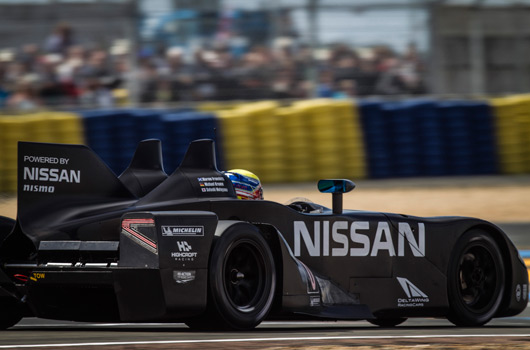
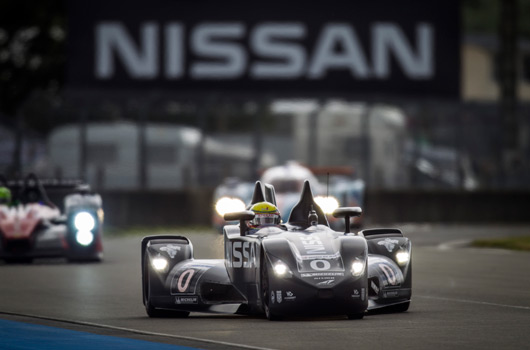
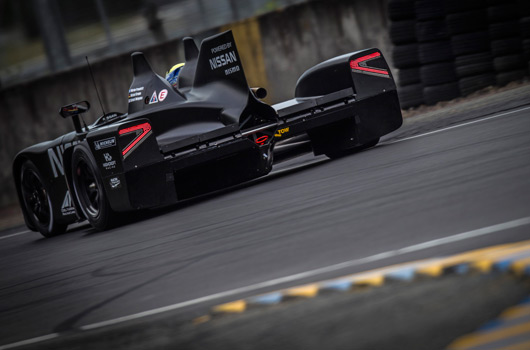
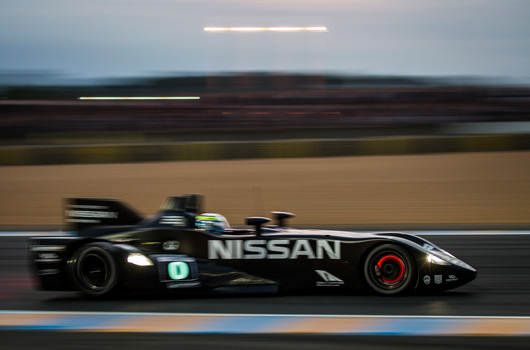
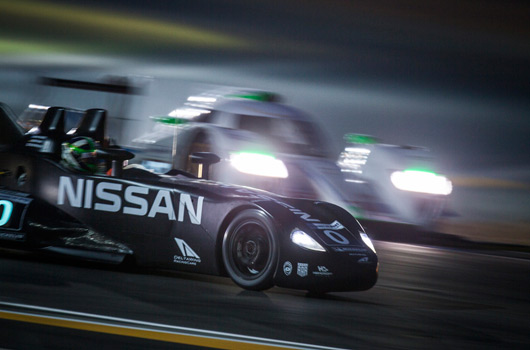
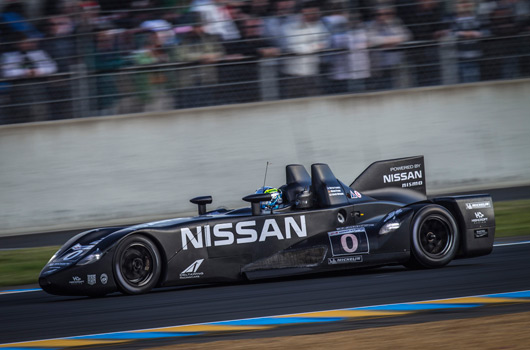
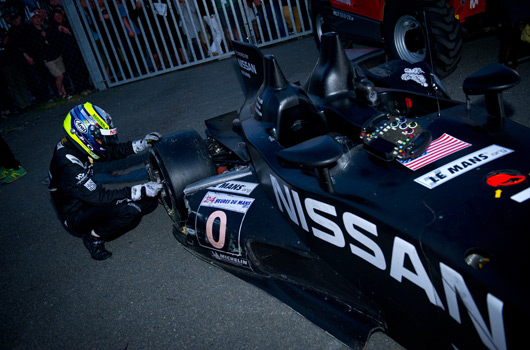
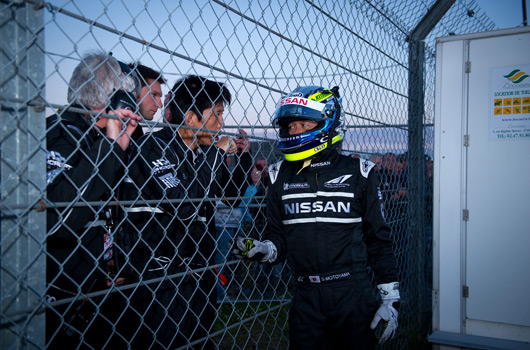
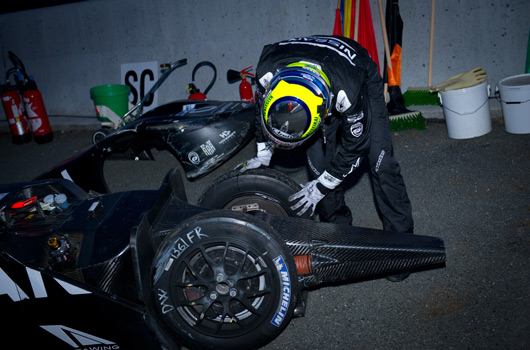
5 replies on “2012 Le Mans 24h: DeltaWing post-race report”
Still don’t understand what the point of this car (if you can call it that) was?
You don’t seem to understand much do you Pete?
What is happening with the DeltaWing project now & in the future?
[…] Panoz is determined to power on with his DeltaWing project, now without the backing of Nissan. Evidence of Panoz’s commitment has just been revealed in Sebring with the first image of a […]
[…] its DeltaWing project Nissan is coming back to Le Mans in 2014 with the Zeod RC. This time, though, Nissan is acting […]